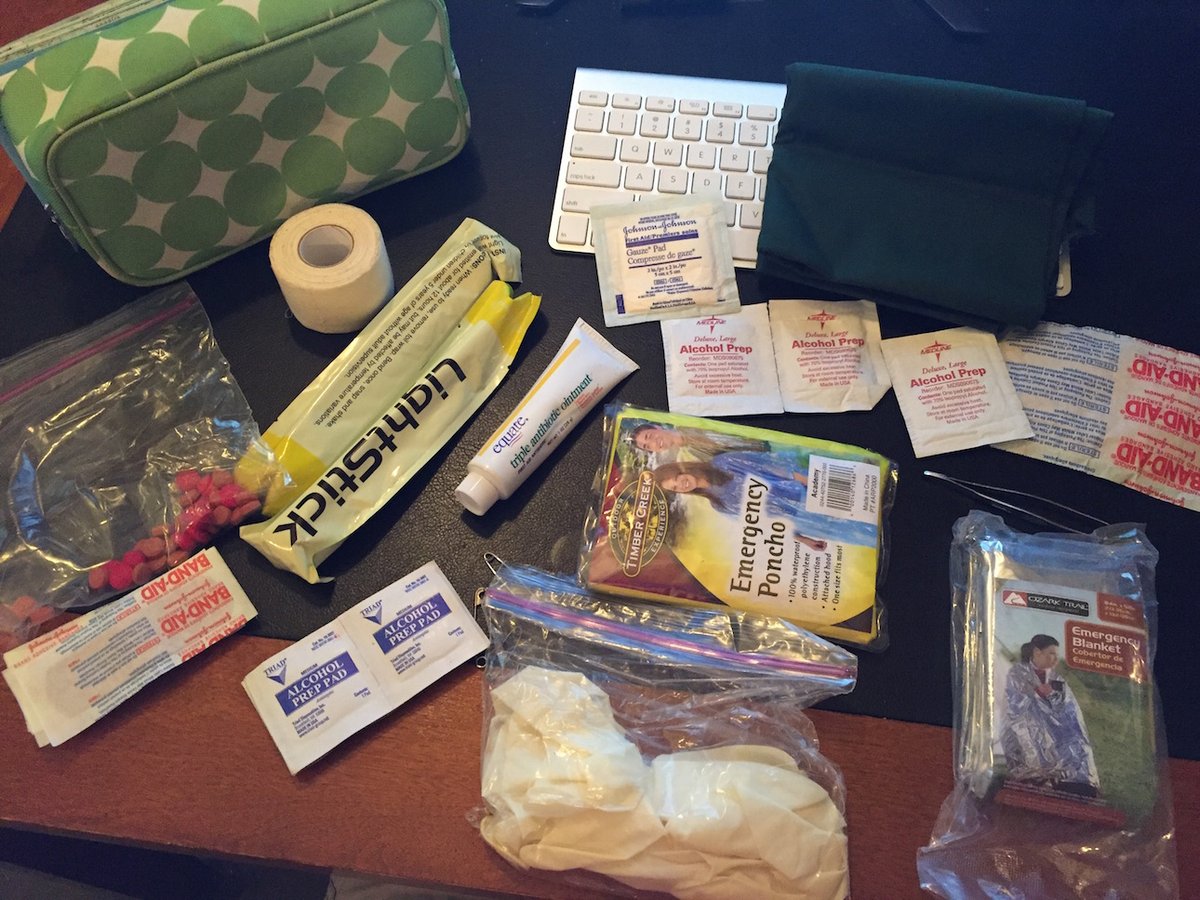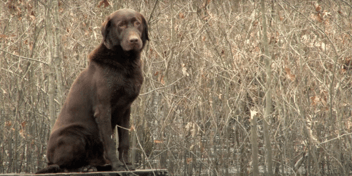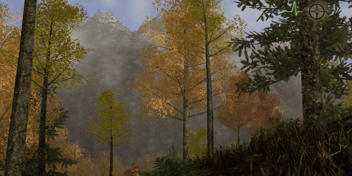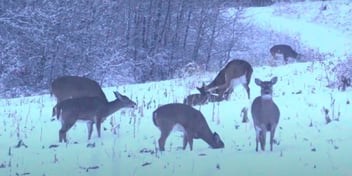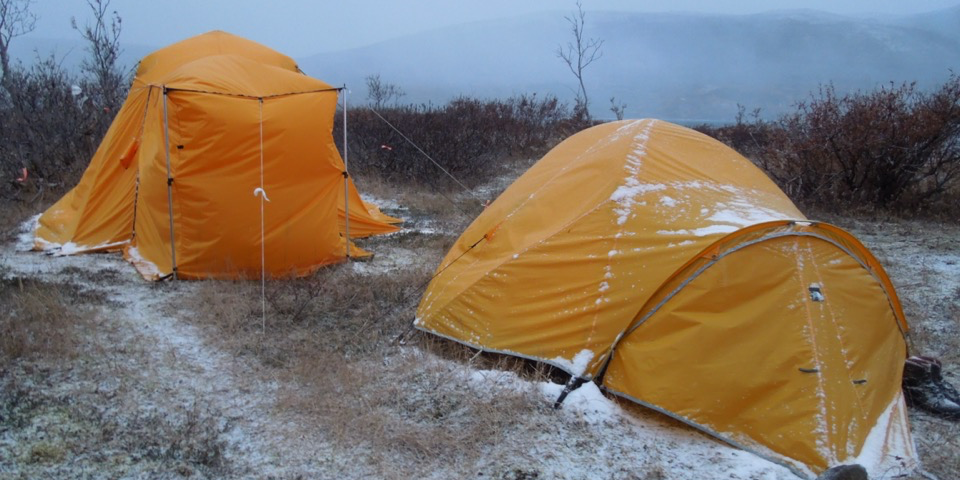
A survival kit and a first aid kit are about as far apart as the earth and the sun. And that’s a hard truth I had to establish in my mind, but once I did it made total sense.
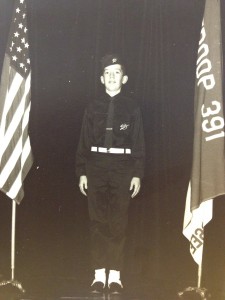 My dad was an Eagle Scout. That's him in 1962. You’ll see my dad often in some of the Mossberg Rugged American Hunter videos. I have learned so much from him over the years, yet one truth I learned from him in the early stages of life was to be prepared for the “what if” moments in life.
My dad was an Eagle Scout. That's him in 1962. You’ll see my dad often in some of the Mossberg Rugged American Hunter videos. I have learned so much from him over the years, yet one truth I learned from him in the early stages of life was to be prepared for the “what if” moments in life.
A plan doesn’t have to be complicated to be effective. Having a plan can be simple. And, having a plan can save your life when the “what if” becomes an “oh no.”
On my first elk hunt, I knew I needed a first aid kit of some sort. Let’s face it, you’re miles into the timber, often well away from base camp. What happens if you get a blister that’s so bad you can’t walk back today? Believe me, blisters happen. And if it gets nasty, you’re not walking another inch in those boots.
Tomorrow you’ll be okay, but tonight … well you’re going to spend the night in the timber! So now what?
See what I mean?
I knew that a first aid kit wasn’t the best item to haul through the Rockies. I needed a true hunting survival kit … and it had to be small!
Here are a few insights on how to build a hunting survival kit.
Hunt With Confidence
Knowing that you are prepared just breeds confidence. Plain and simple. Having a survival kit in my pack was a constant reassurance, and on a week-long elk hunt when you’re exhausted by the second day, confidence matters my friend! A lot.
Build A Survival Kit
That’s right. You cannot buy a survival kit for elk hunting. At least I’ve never seen one that would work for packing into the high country.
If you go to Walmart or any retailer out there, you can buy a first aid kit, but before you do just realize that a “100 Piece First Aid Kit” will be 89 varieties of Band-Aid products!
You need something to get you through the night, not just to patch a cut finger.
That’s right. You cannot buy a survival kit for elk hunting. At least I’ve never seen one that would work for packing into the high country.
If you go to Walmart or any retailer out there, you can buy a first aid kit, but before you do just realize that a “100 Piece First Aid Kit” will be 89 varieties of Band-Aid products!
You need something to get you through the night, not just to patch a cut finger.
Prepare two days ahead
Perhaps the greatest mental work you can do in terms of building a hunting survival kit is to think about answering “could I make it two days on my own if I were hurt?”
Can you spend a night or two in the timber? Are you ready for rain? Could someone find you? How would they see you, or hear you? Those are the questions you need that transcend simple first aid.
Use a makeup kit
I know it’s awful and you’re going to take some hard jabs from your buddies, but I have found that one of my wife’s small, travel makeup kits is perfect. They are lightweight, compact, and most of all, they look out of place. I can find them in my pack because they aren’t camo. And if I drop it, I can find it. So thanks Clinique, I put that promo item to use in a way you never dreamed it would be used!
This is the actual kit I take elk hunting.
Here’s What I Include In My Hunting Survival Kit And Why
- Fox 40 Whistle. Think about it: if you broke your ankle and can no longer walk, you’re going to lose your voice soon from yelling and screaming. A Fox 40 pea-less whistle can be heard for a long, long way and takes next to no air to blow effectively. I'm telling you, this may be my most important tool in the little survival bag other than a painter's cloth.
- Tweezers and safety pins
- First ait equipment like Advil and Tylenol, as well as Neosporin or Antibiotic Gel. Various sizes of band aids or long cloth strips to make bandages. Medical gloves. Athletic tape (perfect for blisters).
- Water tablets and purified water
- Painter's cloth. A plastic painter’s drop cloth is crazy compact and it spreads out to 9x12 easily. That’s a tent my friend!
- Light Sticks
- Pillowcase
- Firestarter. You’re probably never going to be able to start a fire because of rain and snow in elk country, but there’s a chance to have something if you happen to find tinder that is dry enough.
- Poncho
- Tent
- Emergency blanket. Lots of debate over whether these work, but they do help no doubt. And they are hugely reflective. Easy to see from air or distance. Again, they reinforce a tent, and friend, that’s a big deal if it starts snowing like it normally does in the high country. You’re going to need all the reinforcement you can get!
- Paracord. Not a ton of it, but a handful goes a long way for securing a tourniquet, or building your tent and tying limbs together for high wind, etc.
And, yes. I get all of that into this small Clinique makeup kit! Amazing, right?
One last piece of advice: talk with a survivalist or hard-core back-country hiker. They have so many insights to help you think it through.
About the Author


